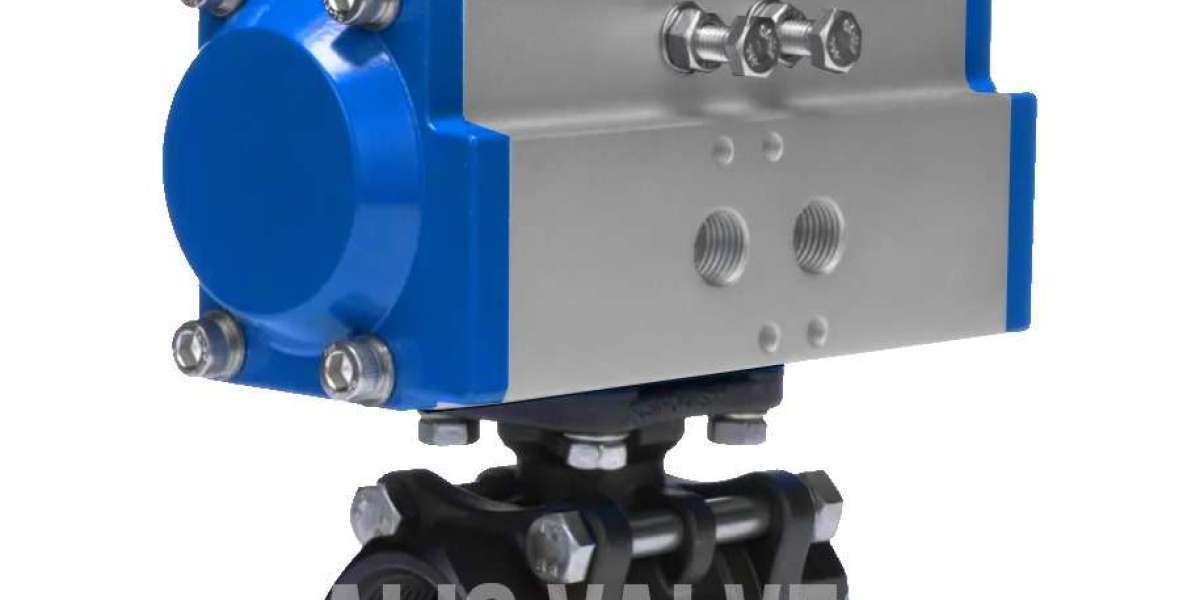Ball valves are widely used in various industries for fluid control due to their durability, efficiency, and ease of operation. Whether in plumbing, industrial applications, or gas pipelines, understanding when a ball valve is open or closed is crucial for ensuring proper functionality and safety. In this article, we will explore how ball valves work, how to determine their open and closed positions, and why this knowledge is important.
How Does a Ball Valve Work?
A ball valve operates using a rotating ball with a bore (hole) through its center. This ball is housed within a valve body and connected to a lever or actuator that controls its movement. The valve opens and closes by rotating the ball to align or misalign the bore with the flow path.
Identifying When a Ball Valve is Open
A ball valve is considered open when the bore of the ball is aligned with the pipe, allowing unrestricted flow of the fluid. There are several ways to determine if a ball valve is in the open position:
Handle Alignment – The most common indicator is the position of the valve handle. In most ball valves, the handle is parallel to the pipeline when the valve is open.
Visual Inspection – Some ball valves have markings or a position indicator that clearly shows whether the valve is open or closed.
Flow Observation – If the system allows, you can observe whether fluid is passing through the valve to confirm its open status.
Actuator Signals – In automated systems, electronic or pneumatic actuators may provide position feedback.
Identifying When a Ball Valve is Closed
A ball valve is closed when the ball is rotated 90 degrees, causing the bore to be perpendicular to the pipe and blocking the flow of fluid. Here’s how to confirm a closed ball valve:
Handle Position – The handle is typically perpendicular to the pipeline when the valve is closed.
Zero Flow – If no fluid is moving through the pipeline, the valve is likely in the closed position.
Indicator Markings – Many industrial ball valves come with position indicators showing the closed status.
Pressure Changes – A closed valve may cause pressure buildup on one side, which can be detected using pressure gauges.
Importance of Knowing When a Ball Valve is Open or Closed
Understanding ball valve positions is essential for several reasons:
Safety – Incorrect operation of ball valves can lead to leaks, pressure build-up, or hazardous spills.
Efficiency – Properly managing valve positions helps maintain optimal flow rates and system performance.
Preventing Equipment Damage – Operating a valve in the wrong position can cause damage to pumps, pipelines, and other system components.
Regulatory Compliance – Many industries require strict monitoring of valve positions for compliance with safety and operational standards.
Common Applications of Ball Valves
Ball valves are used in various applications, including:
Water Supply Systems – For controlling water flow in residential and industrial settings.
Oil & Gas Industry – Used in pipelines for shutting off or regulating the flow of crude oil and natural gas.
Chemical Processing – Helps control the flow of hazardous chemicals safely.
HVAC Systems – Used in heating and cooling systems to manage water and refrigerant flow.
Food & Beverage Industry – Ensures sanitary flow control in processing plants.
Manual vs. Automated Ball Valves
Manual Ball Valves – Operated by hand using a lever or wheel.
Automated Ball Valves – Controlled by actuators (electric, pneumatic, or hydraulic) for remote or automated operation.
Maintenance and Troubleshooting
To ensure proper function, ball valves should be regularly maintained. Here are some key maintenance steps:
Regularly Check Valve Position – Verify that the valve is fully open or closed as needed.
Inspect for Leaks – A leaking valve may indicate wear or damage to seals.
Lubricate Moving Parts – Prevents stiffness and ensures smooth operation.
Replace Worn Components – If the valve does not fully open or close, replacing seals or the entire valve may be necessary.
Conclusion
Knowing when a ball valve is open or closed is fundamental to safe and efficient system operation. By understanding handle positions, flow indicators, and maintenance practices, users can prevent leaks, improve performance, and ensure the longevity of their equipment. Whether in residential plumbing or industrial applications, mastering ball valve operation is an essential skill for engineers, technicians, and facility managers.


